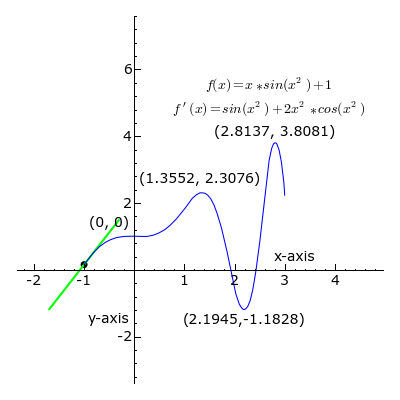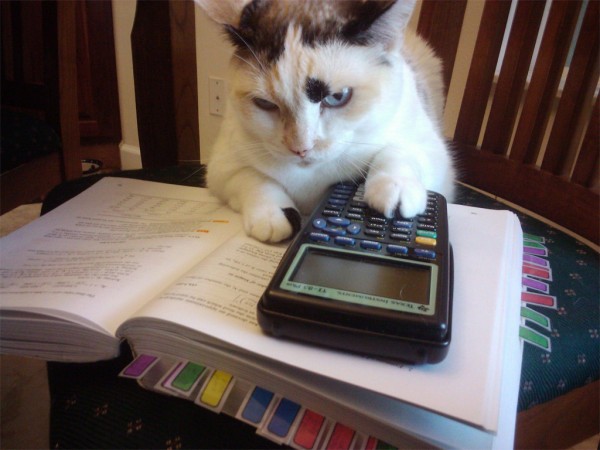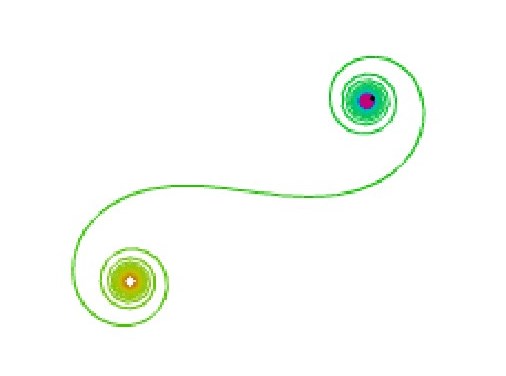RAY: Here it is. Everyone, almost everyone remembers from his or her days in school the Pythagorean Theorem.
TOM: Yes.
RAY: A squared, plus B squared, equals C squared. And there are numbers like three, four and five; five, 12, 13 which satisfy that little equation. And many hundreds of years ago a French mathematician by the name of Fermat said, this only works for squares. He said, if you take A, B, and C, integers A, B, and C…
TOM: Yes.
RAY: And there are some A squared plus B squared that will equal C squared, and we believe that. We know we have verification of it. We got real numbers that work.
TOM: Right.
RAY: He said, if it isn’t squared but it’s something else like cubes or to the fourth power or to the fifth power, it doesn’t work. So, for example, there is no A cubed plus B cubed, which equals C cubed. There is no A to the fourth plus B to the fourth that equals C to the fourth.
As luck would have it, a young mathematician issues a statement that he has three numbers which prove Fermat’s theorem is incorrect. He calls a press conference. Now, he doesn’t want to divulge everything right away. He wants to dramatize, build a little bit, does he not?
TOM: Gonna give them one number.
RAY: He gives them all three numbers. He doesn’t tell the power.
TOM: Ah!
RAY: He’s going to give them A, B, and C. Here are the numbers, you ready?
A equals 91. B equals 56. C equals 121.
So, it just so happens that at this little impromptu press conference, there are all these science reporters from all the po-dunky little newspapers that are around this town. And one of the guys, one of the reporters has his 10-year-old kid with him, because this happens to be a holiday. He’s off from school. And the kid very sheepishly stands up and raises his hand, and he said, I hate to disagree with you, sir, but you’re wrong.
The question is, how did he know?
Love it.





